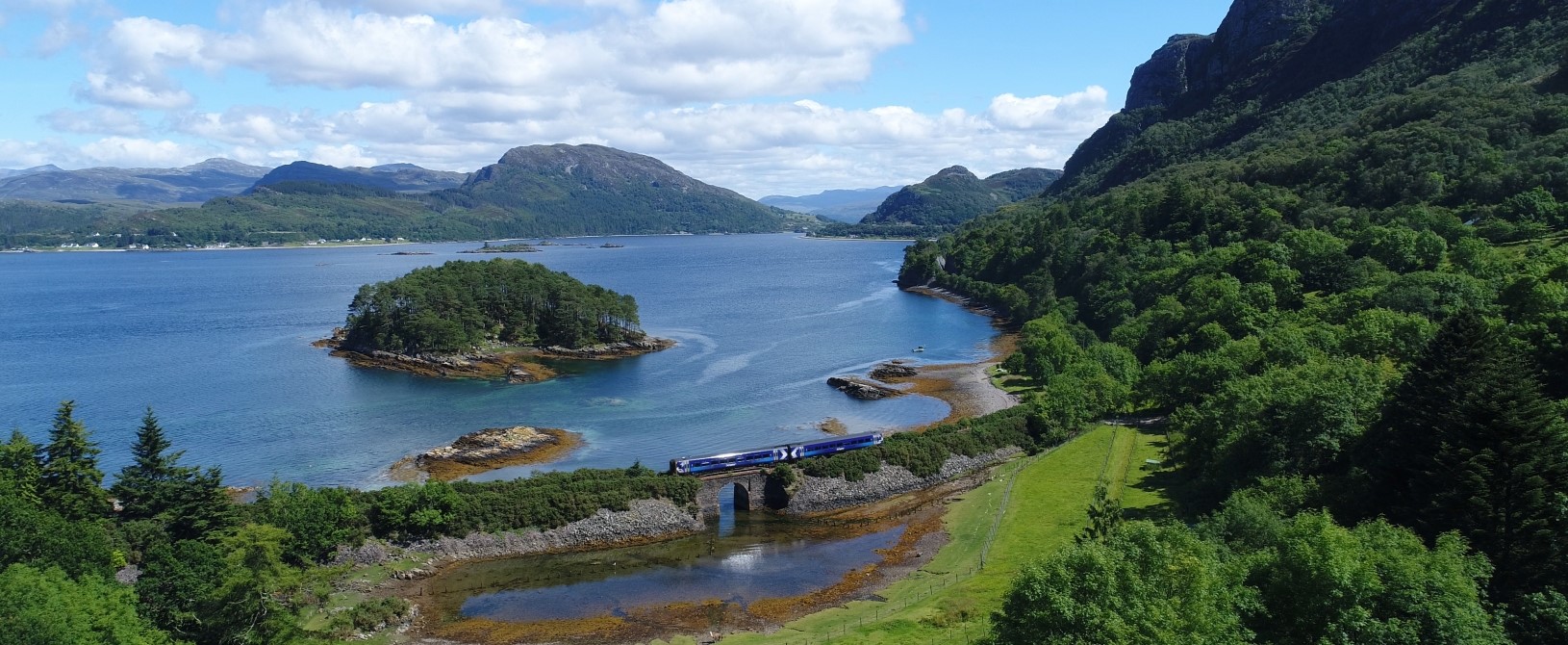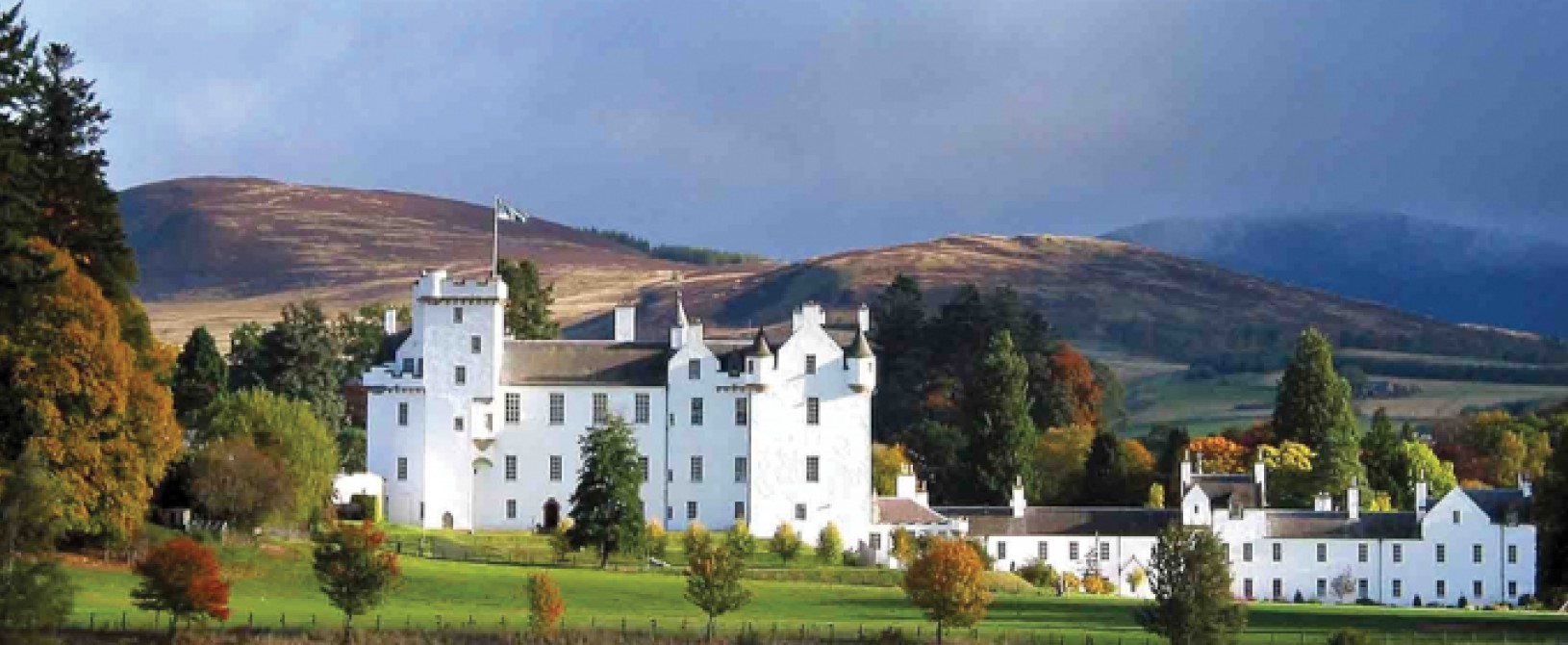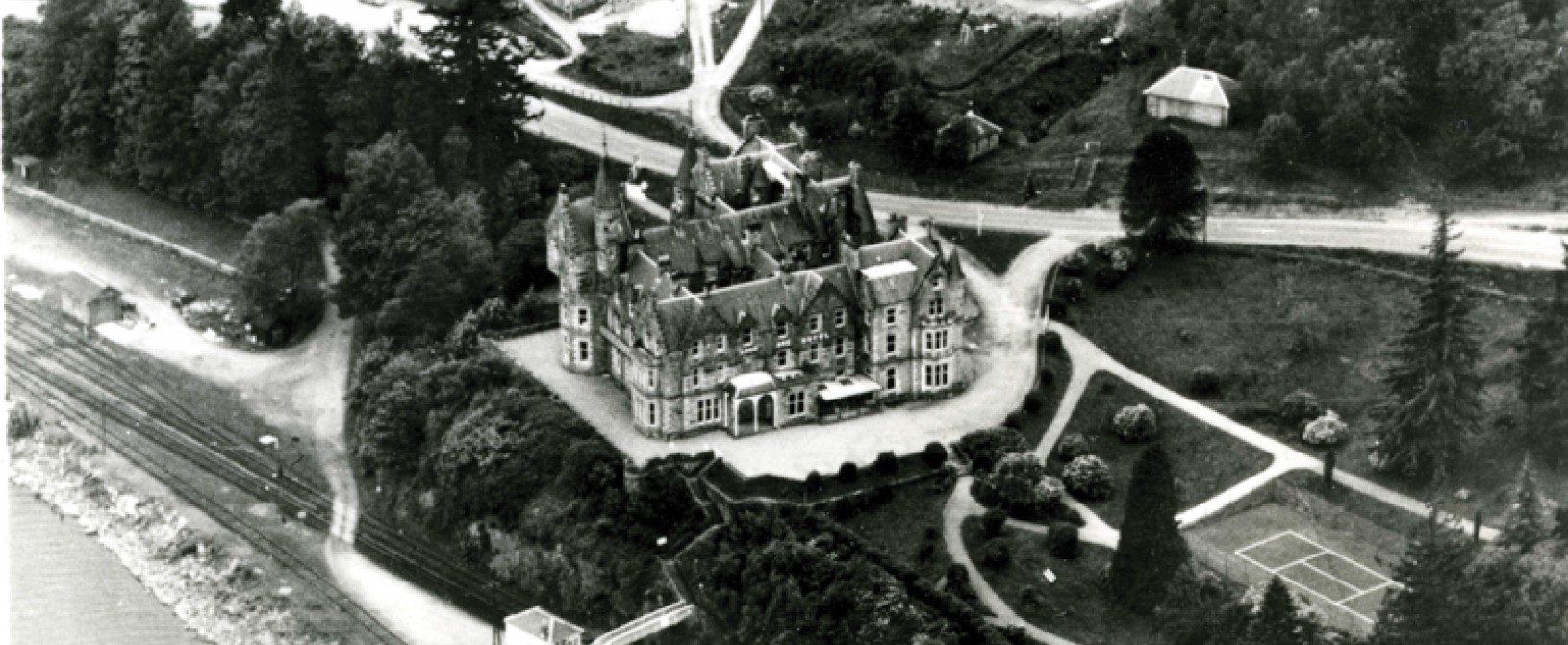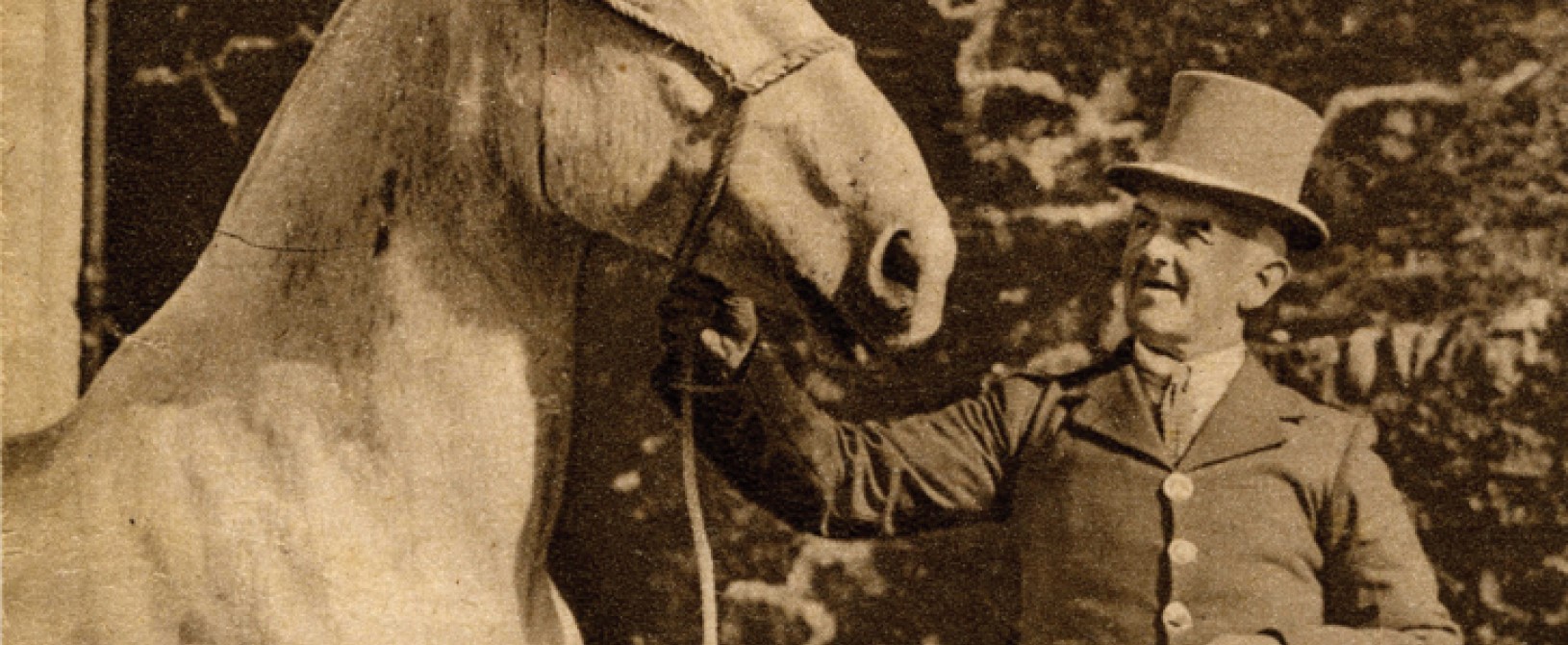Issue 47, Autumn 2017

The railway between Dingwall and the Kyle of Lochalsh is truly spectacular, but it was built, and has subsequently survived against overwhelming odds.
The final 12 miles of track between Stromeferry and the Kyle of Lochalsh was very nearly its undoing. It took a gang of 80 navvies four years to complete. The slow progress was due to the 31 sections that had to be cut through solid rock with a degree of hardness never before encountered by railway engineers. It was finally completed in 1897 at an average cost of £20,000 per mile, an immense sum in those days.
The line’s problems were not over, as during the 1960s and 1970s, it was twice scheduled for closure and was only reprieved after determined local opposition.
Day excursions travelling along this route have proved to be very popular with our guests in recent years, and so Neil asked if I could take a suitable photo to accompany the brochure entry. But where best along the 52 miles of track should the picture be taken to capture the beauty of the route? As so often happens, the internet provided the answer when I came across a copy of a print that had been sold at auction some years ago entitled “The Skye Boat Train”. Before the Skye bridge was built this would have been the route that connected with the ferry to Skye, so it seemed likely that the scene had been painted somewhere along our line. There were some clues in the picture; the unusual arch which appeared to have been built to allow the tide to ebb and flow without undermining the embankment, plus what appeared to be an island just beyond the tracks.
It took a while studying the OS map before finding both arch and island at a point on Loch Carron, close to the village of Plockton. It was a strange experience arriving at the site and finding a view so similar to the painting that I had been studying. There are just four trains a day and unsuccessful photos were taken of three of them before tide, sun and train were all in the right place at the right time. Mission accomplished!
Blair Castle

The construction of Blair Castle began in 1269, not by the landowner, the then earl of Atholl who was away on a crusade, but by his neighbour, John Comyn, Lord of Bedenoch. On his return, the Earl complained about the interloper to the King and won back his land incorporating the tower that had been built into his own castle. The original structure is still known as Comyn’s Tower.
During the Jacobite uprisings there were divided family loyalties and turbulent times for the castle which, at one time, was garrisoned by government troops. However, by the middle of the 18th century peace had returned and work began to convert the medieval castle into a grand Georgian mansion. Out went the towers and castellations, and in came chimneys and plush interiors. Gardens were laid out establishing Diana’s Grove and the Hercules Garden.
In 1863 the railway arrived in Blair Atholl, with consequent land sales that were worth £33,000 to the 7th Duke of Atholl, enabling him to convert the Georgian mansion of the 1740s back into something much truer to its roots as a medieval castle, much as you see it today.
The castle has been open to the public since 1936 and has justifiably become one of the premier Scottish attractions. There are 40 rooms to see, some truly spectacular.
Outside, the Hercules Gardens have been restored to their original Georgian design with landscaped ponds, a folly, a Chinese bridge, an authentic orchard of more than 100 fruit trees and, of course a life-size statue of Hercules.
Lochs and Glens Holidays arrange visits to Blair Castle from tours staying at the Loch Tummel Hotel.
A Surprising Find

Regular readers may know from previous articles that, for many years, I have been a keen collector of vintage postcards depicting our hotels. There have been a surprising number published over the years, some of them dating back to the Victorian era. We must now have over 1,000 different views.
Initially cards were found at postcard fairs and specialist shops, but most of these went out of business with the introduction of the online auction sites which has made collecting so much easier. For example, if you were to type the single word ‘Inversnaid’ into the Ebay search strip, you will be probably be presented with a choice of at least 100 postcards of the Inversnaid Hotel.
Around ten years ago it seemed likely that we had a copy of every card ever published up to 1960, our cut-off date, and so it was with some surprise that we recently came across this card of Loch Awe Hotel which we had never seen before. Surprising, because it is very early for an aerial view and must have been taken just before or just after the war. The dockside buildings where passengers could transfer from the train to the steamer service that once served the whole of the loch are still in place, as are the railway sidings and crane that would have enabled coal to be shipped to the grand houses around the loch-side. The tennis court is there, reflecting a period when the Loch Awe Hotel was very exclusive, frequented by the aristocracy. Many lords and ladies stayed at the hotel, usually accompanied by a steward and maid with Rolls Royces and Bentleys parked outside. Mary Pickford, Douglas Fairbanks and Ivor Novello are names that appear in the old visitors books. Kirk Douglas was another visitor. He starred in the film ‘To Catch a Spy’ part of which was made at the Loch Awe Hotel. All of this information we knew, but somehow this postcard captures a moment in time that brings it all to life.
End of an Era

After we purchased the Inversnaid Hotel in 1984, the previous owner, George Buchan continued to live in his house next to the hotel. He was a great character with a fund of reminiscences about life at Inversnaid that went back to the early 1930s when, as a small boy, he helped his parents at the hotel. One of his stories that has stuck in my memory concerned the teams of horses at Inversnaid which had, for decades, been an integral part of the business. The four-in-hand coach service took guests along the five mile journey between Inversnaid on loch Lomond and Loch Katrine. The coaches drove in convoy and, with the coachmen dressed in their grey top hats and red coats, it must have been a fine sight indeed. By the late thirties, Inversnaid was the last place in Britain to use this form of transport, but its days were numbered. George recalled the sad day in 1937 when the horses were auctioned off in front of the hotel. It was such an important occasion that the children at Inversnaid School were given the day off to watch. Many of the hotel staff who tended to spoil the horses were in tears. It seemed appropriate that at the time of the auction a snowstorm swept through, but finally the animals were all sold and headed away to their new homes. Just recently I was reminded of George’s memories when I was kindly sent this old newspaper cutting by one of our readers.
Chris Lumb
In 1968 Chris lumb and I both began working for North British Trust Hotels, an Edinburgh based company specialising in the coach tour business. I always enjoyed working with Chris and over the years we developed both a social as well as an excellent business relationship. In 1979 I left NBT to begin a company that was to become Lochs and Glens Holidays, but Chris remained and rose in the ranks to be an Area Manager responsible for supervising ten busy hotels in Scotland and the north of England. By 2002, following my retirement, Lochs and Glens had developed to a size where we were able to offer Chris a position with us, which I am glad to say he accepted, and subsequently became a much valued member of Neil’s management team. Sadly, the time has come for Chris to retire. We will certainly miss him, but wish him every happiness in his future retirement.